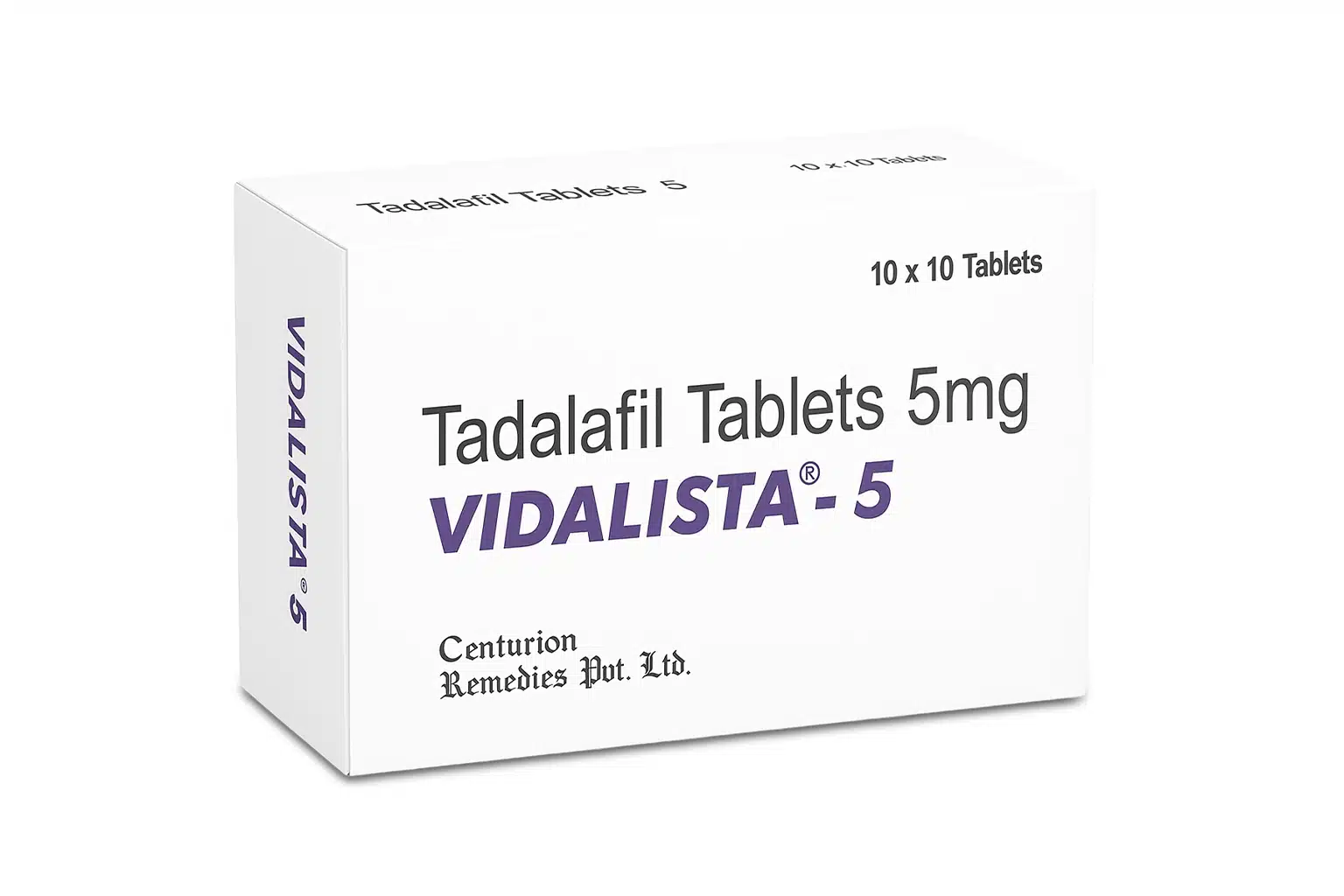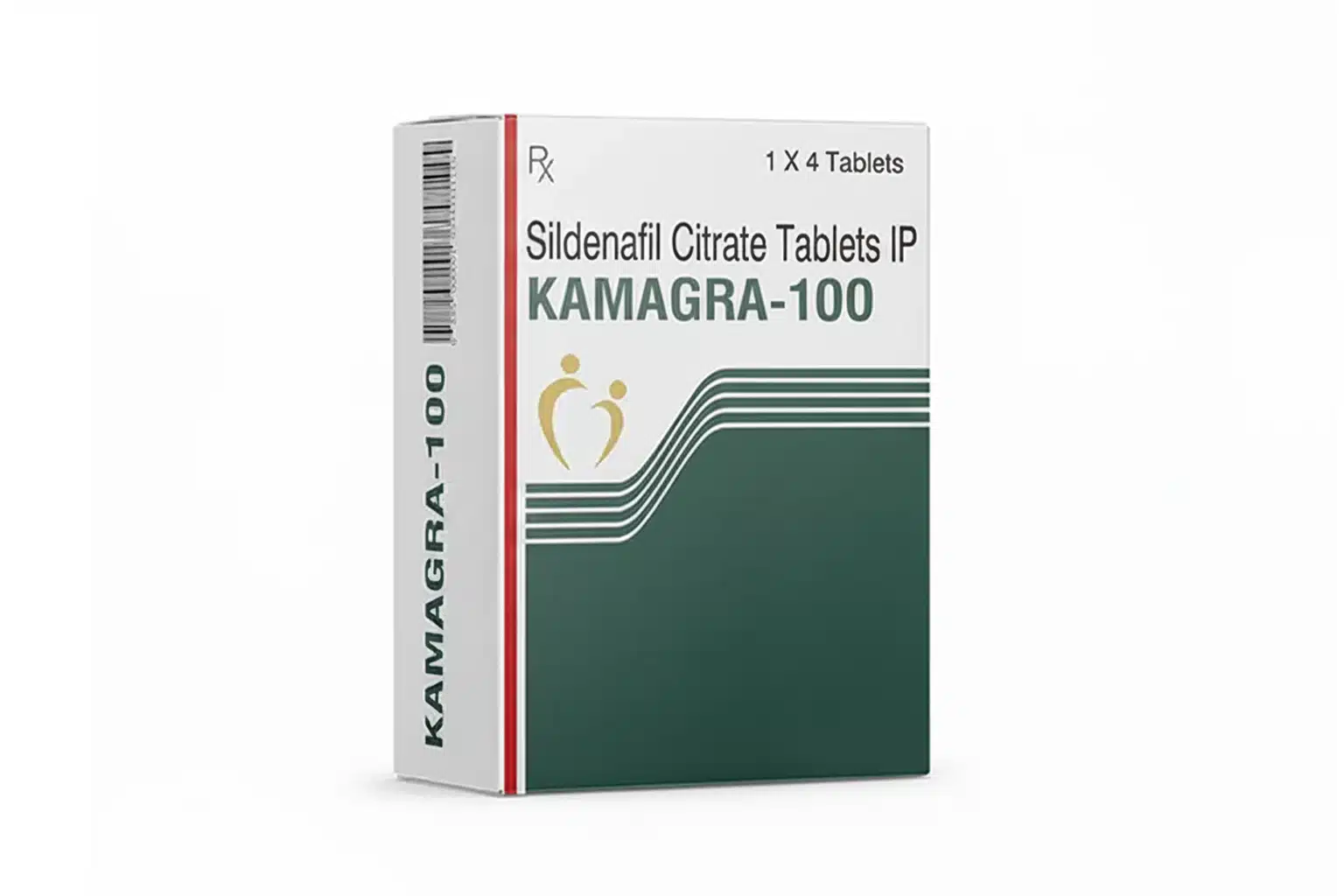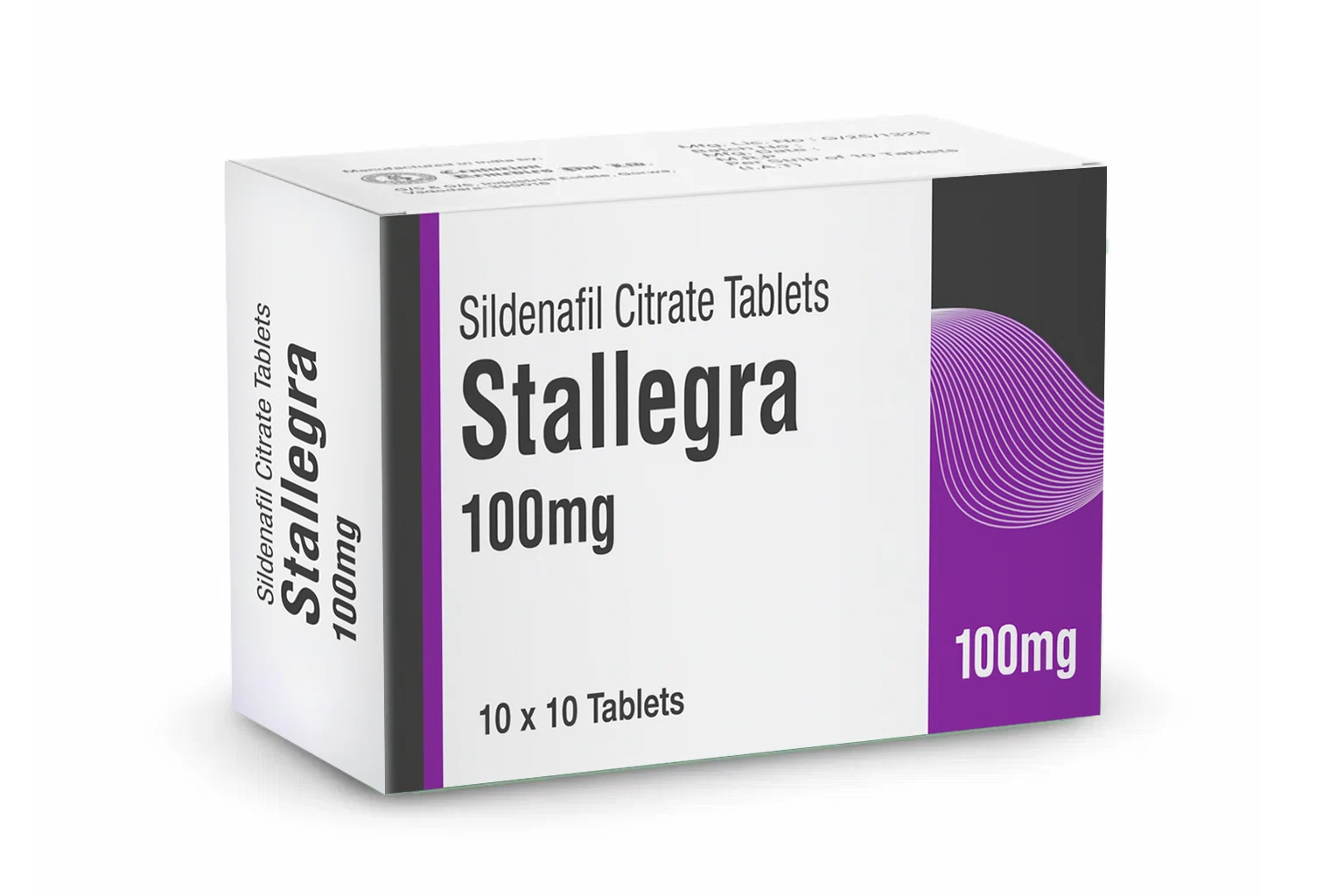Pain during sex, medically called dyspareunia, is common, distressing, and often treatable. Whether the pain is sharp at penetration, aching deep inside, or a burning that lingers afterward, it affects physical pleasure, emotional intimacy, self-esteem, and relationships. This long-form guide explains what causes painful sex, how clinicians evaluate it, evidence-based treatments and solutions for painful sex, and practical self-help you can start today to relieve pain during sex.
Quick summary
- Dyspareunia means recurrent or persistent genital pain associated with sexual activity. It can be superficial (at the entrance) or deep (felt during deep penetration). Causes are often multiple physical and psychological factors that commonly overlap.
- Most effective treatment is targeted and multimodal: treat medical causes (infections, hormonal issues, endometriosis), improve lubrication, treat pelvic floor dysfunction, use topical or systemic medicines where appropriate, and include sexual/psychological therapy.
- Cenforce (sildenafil) is a sildenafil brand used for erectile dysfunction in men. There is limited and inconsistent evidence supporting sildenafil for female sexual problems, and it is not a routine treatment for painful intercourse. Discuss any off-label use with a specialist.
What painful sex looks like
Understanding the pattern of pain helps guide evaluation and treatment.
- Superficial dyspareunia (entry pain): pain at attempted penetration or with tightness around the vulvar opening. Common causes include vulvodynia/vestibulodynia, vulvar skin disorders, insufficient lubrication, infections, or vaginismus (involuntary pelvic floor contraction).
- Deep dyspareunia (deep pelvic pain during penetration): pain felt deep in the pelvis or abdomen during thrusting; causes include endometriosis, pelvic inflammatory disease, ovarian or uterine pathology, adhesions, or pelvic congestion.
- Persistent burning or stinging after intercourse: often seen with vulvodynia or chronic vestibular pain.
Pain may be constant, intermittent, provoked only by intercourse, or triggered by specific sexual activities. Noting timing, what makes it worse/better, and any other pelvic symptoms (bleeding, discharge, urinary problems) is essential for diagnosis.
How clinicians evaluate painful sex
A thoughtful, stepwise evaluation separates treatable medical issues from musculoskeletal or psychosexual contributors.
- Detailed history – sexual history, obstetric/gynecologic history, prior pelvic surgeries, menopause, medications (antidepressants, antihistamines, hormonal contraception), trauma, past infections, and psychosocial stressors.
- Physical exam – external vulvar inspection, a gentle pelvic exam, cotton-swab testing of the vestibule (to check for provoked vestibulodynia), assessment of pelvic floor muscle tone and trigger points, and a speculum/pelvic exam to identify deep tenderness or gynecologic causes.
- Laboratory tests/cultures – to rule out infections (yeast, bacterial vaginosis, STIs) if suspicious.
- Imaging when indicated – pelvic ultrasound or MRI if structural disease, pelvic masses, or endometriosis are suspected.
- Referral tests – vulvar biopsy rarely, pelvic floor physical therapy evaluation, or specialized testing for neuropathic pain when standard treatments fail.
A multidisciplinary approach (gynecology, urogynecology, pelvic-floor physiotherapy, pain specialists, sex therapists, and mental-health providers) often produces the best results.
Best Seller
-
Cenforce 100 Mg
Best Seller$24.00 – $215.00Price range: $24.00 through $215.00Rated 5.00 out of 5Shop Now This product has multiple variants. The options may be chosen on the product page -
Vidalista 5 Mg
Best Seller$18.00 – $182.00Price range: $18.00 through $182.00Rated 4.00 out of 5Shop Now This product has multiple variants. The options may be chosen on the product page -
Vidalista 40 Mg
Best Seller$28.00 – $276.00Price range: $28.00 through $276.00Rated 4.00 out of 5Shop Now This product has multiple variants. The options may be chosen on the product page -
Cenforce 200 Mg
best sellers$31.00 – $335.00Price range: $31.00 through $335.00Rated 4.00 out of 5Shop Now This product has multiple variants. The options may be chosen on the product page -
Cenforce Fm
Best Seller$33.00 – $218.00Price range: $33.00 through $218.00Rated 4.00 out of 5Shop Now This product has multiple variants. The options may be chosen on the product page -
Kamagra 100 mg
best sellers$24.00 – $125.00Price range: $24.00 through $125.00Rated 5.00 out of 5Shop Now This product has multiple variants. The options may be chosen on the product page -
Fildena 100 mg
best sellers$24.00 – $244.00Price range: $24.00 through $244.00Rated 4.00 out of 5Shop Now This product has multiple variants. The options may be chosen on the product page -
Malegra Oral Jelly 100 Mg
Best Seller$8.00 – $44.00Price range: $8.00 through $44.00Rated 5.00 out of 5Shop Now This product has multiple variants. The options may be chosen on the product page -
Super Kamagra Oral Jelly
Best Seller$25.00 – $120.00Price range: $25.00 through $120.00Rated 4.00 out of 5Shop Now This product has multiple variants. The options may be chosen on the product page -
Tadarise Oral Jelly
Best Seller$19.00 – $72.00Price range: $19.00 through $72.00Rated 4.00 out of 5Shop Now This product has multiple variants. The options may be chosen on the product page -
Careforce 200 Mg
Best Seller$29.00 – $332.00Price range: $29.00 through $332.00Rated 5.00 out of 5Shop Now This product has multiple variants. The options may be chosen on the product page -
Stallegra 100 Mg
best sellers$88.00 – $224.00Price range: $88.00 through $224.00Rated 5.00 out of 5Shop Now This product has multiple variants. The options may be chosen on the product page -
Exclusive
Aurogra 100 Mg
best sellers$29.00 – $76.00Price range: $29.00 through $76.00Rated 4.00 out of 5Shop Now This product has multiple variants. The options may be chosen on the product page -
Priligy 30mg
best sellers$22.00 – $156.00Price range: $22.00 through $156.00Rated 4.00 out of 5Shop Now This product has multiple variants. The options may be chosen on the product page
Evidence-based treatments and solutions for painful sex
Treatment must be individualized. Below are common, evidence-based options organized by the problem being treated.
1. Simple self-care and immediate relief
- Use plenty of lubricant. Water-based or silicone-based lubricants reduce friction and are a first-line measure for dryness-related pain. Avoid irritant additives (fragrances).
- Gentle sexual pacing & communication. Slow, non-penetrative foreplay, alternative sexual activities, and keeping lines of communication open with a partner reduce pressure and help coordinate what feels safe.
- Avoid irritants. Stop douching, scented washes, or highly chlorinated pools if they worsen symptoms. Sitz baths with plain warm water or colloidal oatmeal may soothe vestibular burning.
2. Treat infections & dermatologic causes
- Antibiotics/antifungals are used when cultures or clinical findings indicate bacterial vaginosis, yeast, or sexually transmitted infections. Treating infections often resolves pain related to inflammation.
- Topical therapies (for eczematous or lichenified conditions) such as low-potency topical corticosteroids or other dermatologic regimens on specialist advice.
3. Hormonal approaches
- Topical estrogen for atrophic vaginitis (post-menopausal vaginal thinning/dryness) is highly effective; applying estrogen to the vestibule or vagina often reduces entry pain dramatically in postmenopausal women.
4. Targeted treatment for vulvodynia / provoked vestibulodynia
- Topical lidocaine (5%) applied 10–20 minutes before intercourse can reduce entry pain for many women with provoked vestibulodynia.
- Multimodal pelvic floor physical therapy (including trigger-point release, biofeedback, relaxation training) has strong support and is a core therapy when pelvic floor hypertonicity or vaginismus contributes to pain.
- Cognitive-behavioral therapy (CBT) and sex therapy to treat avoidance, fear, and relationship issues that perpetuate pain. Studies show CBT improves pain and sexual function for provoked vestibulodynia.
5. Oral medications for neuropathic or chronic pain
- Low-dose tricyclic antidepressants (e.g., amitriptyline), SNRIs, or gabapentinoids are sometimes used when neuropathic mechanisms contribute to chronic vulvar pain. These should be prescribed and monitored by a clinician.
6. Procedures and advanced options
- Injections (e.g., local anesthetic or steroid injections) or botulinum toxin into pelvic floor trigger points are used in selected refractory cases; evidence is mixed, and specialist referral is required.
- Vestibulectomy (surgical removal of painful vestibular tissue) is reserved for carefully selected, treatment-resistant provoked vestibulodynia cases and has helped some patients; it requires counseling about risks and outcomes.
Role of pelvic-floor physical therapy
If pelvic floor tension, pain on pelvic exam, or vaginismus is found, pelvic-floor physiotherapy is often transformational. Treatment includes education, manual therapy, relaxation techniques, desensitization with dilators, and exercises to retrain coordinated muscle lengthening rather than tightening. Professional guidance avoids harm and speeds recovery.
What about ED pills for painful sex?
Short answer: ED pills are not a standard or evidence-based treatment for dyspareunia.
- PDE-5 inhibitors are approved for erectile dysfunction in men. Studies of oral sildenafil for female sexual dysfunction and sexual pain show limited and inconsistent benefit; most professional reviews do not support routine use for painful intercourse. Some investigational topical sildenafil formulations have shown early promise for arousal disorders, but this is distinct from treating pain.
If a clinician suggests sildenafil off-label, they should explain the rationale, likely benefits, and risks, and ensure it doesn’t interact with other medications (notably nitrates) or medical conditions. For female sexual pain, therapies are usually targeted at lubrication, pelvic floor therapy, topical medications, hormonal therapy, or pain modulation, not PDE-5 inhibitors.
Practical routine to start now to relieve pain during sex
- Stop what hurts. Avoid positions or activities that provoke pain. Use plenty of lubricant.
- Book a medical review. Rule out infections, hormonal causes, or pelvic disease.
- Begin pelvic-floor awareness. Try diaphragmatic breathing and gentle pelvic relaxation exercises; consider seeing a pelvic-floor physiotherapist.
- If entry pain: try topical 5% lidocaine before intercourse (as advised by a clinician) and switch to estrogen if menopausal atrophy is present.
- Include psychological support. A sex therapist or CBT therapist can help with fear, avoidance, and relationship issues that maintain pain.
When to seek urgent or specialist care
- Severe pelvic pain, fever, sudden bleeding, or new vaginal discharge.
- Pain that persists despite basic measures, or pain that prevents intimacy or causes significant distress, ask for a referral to a gynecologist experienced in pelvic pain, a pelvic-floor physical therapist, or a sexual medicine clinic.
Final thoughts
Pain during sex is treatable for the majority of people, but it rarely improves by chance alone. The best outcomes come from early evaluation, a clear diagnosis, and a personalized, multimodal plan that treats the body and the mind. If you’re ready, make a list of symptoms, triggers, and what you’ve tried so far, and bring it to your clinician. Ask explicitly for a pelvic-floor physical-therapy referral and for testing/treatment of infections and hormonal causes as appropriate.
FAQs
Q1: Is painful sex normal after childbirth?
A: It’s common to have pain early after childbirth because of tears, scarring, or breastfeeding-related dryness. If pain persists beyond a few months, see a clinician for targeted treatments (scar therapy, pelvic-floor PT, lubrication, topical estrogen if appropriate).
Q2: Can psychological stress cause painful sex?
A: Yes. Anxiety, past trauma, or fear about pain can cause pelvic-floor tightening and avoidance behaviors that perpetuate pain. Psychological therapies combined with physical treatment are effective.
Q3: Will using lots of lube mask a serious problem?
A: Lubricant helps immediately for friction/dryness, but doesn’t treat underlying medical causes like endometriosis or infection. If pain persists despite lube, see a clinician.
Q4: Is surgery ever necessary?
A: Rarely, surgery (e.g., vestibulectomy) is only for carefully selected, refractory cases. Most women improve with conservative, multidisciplinary treatment.
Q5: Can medication like Cenforce cure female sexual pain?
A: No. Cenforce/sildenafil is not a cure for painful intercourse. Evidence for benefit in women is limited and inconsistent; it’s not a standard treatment for dyspareunia.
References
- StatPearls Dyspareunia. Overview of dyspareunia definitions and management. NCBI
- Sorensen J., et al. (2018). Evaluation and Treatment of Female Sexual Pain: A Clinical Review. (PMCID) comprehensive review of evaluation and multimodal treatment. PMC
- Schlaeger JM., et al. (2022). Evaluation and Treatment of Vulvodynia: State of the Science. (PMCID) topical and systemic treatment evidence. PMC
- American Family Physician Dyspareunia in Women (2021). Clinical presentation, differential diagnosis, and basic management. AAFP
- Research on sildenafil (Viagra) in women: Shields KM. Use of sildenafil for female sexual dysfunction has limited and inconsistent benefits; not standard for painful sex. PubMed
- ACOG Committee Opinion: Persistent Vulvar Pain (2016). Recommends pelvic-floor assessment and multidisciplinary care. ACOG
- Provoked Vestibulodynia treatment reviews and vestibulectomy outcome reviews (Landry/Bergeron; Haefner guideline). The National Vulvodynia Association















